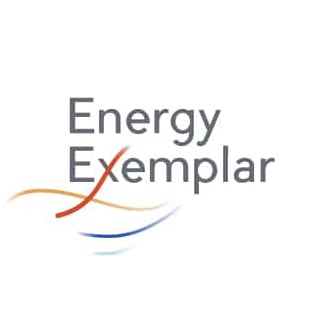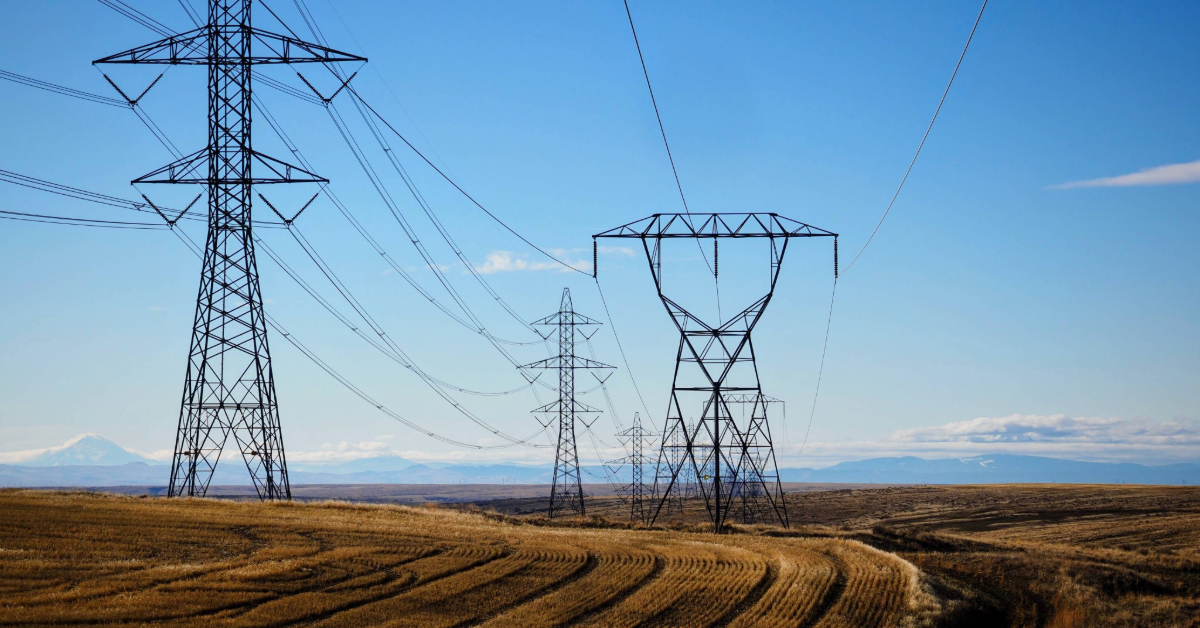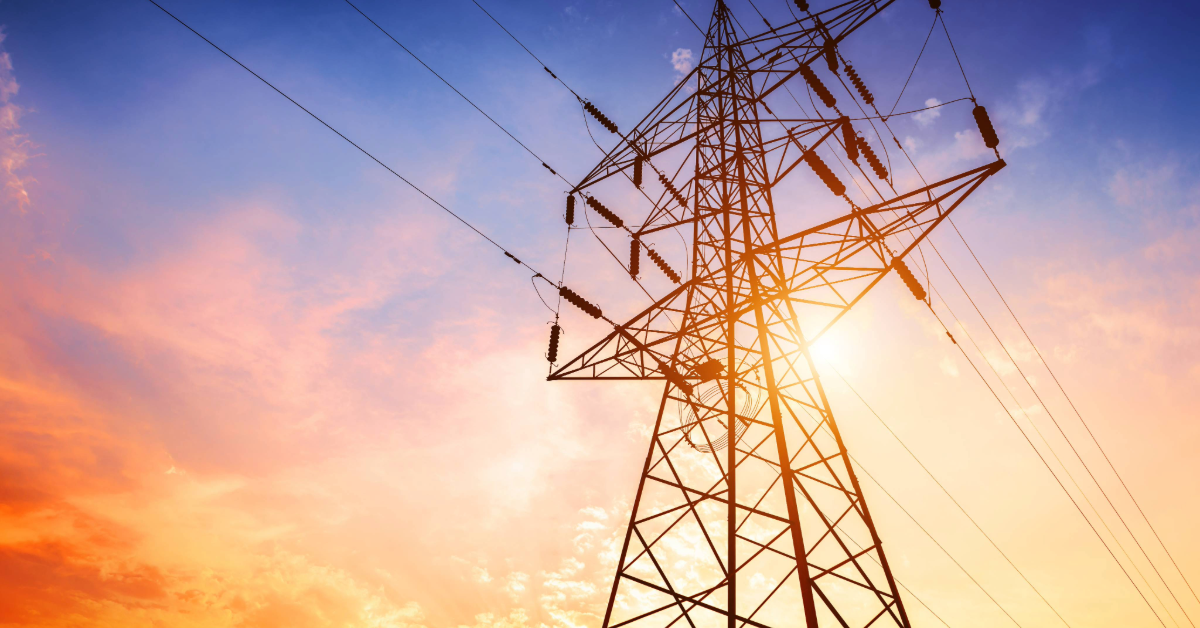Transmission Congestion Analysis - Critical to a More Resilient Energy Future
The U.S. electric grid and transmission infrastructure are both aging and challenged in their ability to meet future loads. Yet demand continues to...
3 min read
 Team Energy Exemplar
:
July 24, 2024
Team Energy Exemplar
:
July 24, 2024

Anshul Saxena, Senior Energy Market Analyst at DNV recently presented at Energy Exemplar’s Xcelerate conference in Orlando. The topic? Congestion and curtailment outlook in North America. In the presentation, Saxena discussed the congestion and curtailment analyses performed in PLEXOS as part of an engagement for a solar project in the PJM central region – you can read the full case study here. But Saxena also covered market trends related to transmission congestion and curtailment in North America. In this blog, we cover the key points.
Long interconnection queues are a problem nationwide. Saxena notes that at present there are 3 TWs of proposed generation capacity in interconnection queues across the United States’ 7 ISO/RTO and 44 non-ISO balancing regions. The uncertainty around these interconnection queues and how they will be realized impacts asset developers greatly – there is significant risk associated with strategically placing new assets. Developers must understand how congestion, curtailment and other variables impact a project’s returns and revenues. However, these assumptions can vary greatly depending on how interconnection queues are realized over the mid-term.
In almost every region of the US, transmission development is needed to alleviate congestion and create a more reliable grid. Saxena notes that the US managed to energize over 33,000 circuit miles of transmission lines at 100kV or higher between 2010 and 2022, but 20% of those projects were delayed by 3 or more years past the planned go-live date. Oftentimes, these delays were due to permitting and lack of community engagement.
The Inflation Reduction Act (IRA) combined with FERC Order 2023 has led to more generation being added to the electric grid. The IRA has also led to a further increase in the relative size of the interconnection queue compared to prior years and provided robust revenue streams for asset developers with options like transferability of tax credits. However, this increased generation and interconnection queue has also impacted the current dynamic of the grid and its expected future performance. Studies performed prior to the passage of the IRA (a year earlier) could not accurately account for such sizable change in the interconnection queue (or connected modeling assumptions) affecting transmission constraints, contingency definitions and curtailment risks.
While additional transmission infrastructure is ultimately needed to ease transmission congestion across the US, grid enhancing technologies (GETs) may alleviate congestion and reduce economic curtailment in the near-term. One recent example of this is Pacific Gas and Electric (PG&E) placing storage at the end of distribution lines. The effect has been that this technology placed at a specific location on the grid has acted as a release valve to overall constraints on the line while acting as an energy reserve. Another example can be found in MISO’s 2023 State of the Market Report where the Independent Market Monitor (IMM) for MISO discusses the positive impacts of ambient adjusted or dynamic line ratings, and the timing of them. The IMM stated that by switching from summer to winter line ratings a week or two earlier in November, millions in congestion costs could be mitigated.
Energy Exemplar’s PLEXOS platform is a leading energy modeling and simulation solution with end-to-end capabilities that help mitigate challenges and risks associated with congestion and curtailment.
There is great uncertainty in terms of the realization of today’s lengthy interconnection queues and the buildout of new transmission. As an advanced, nodal, fundamental model, PLEXOS allows asset developers, operators, transmission planners and analysts to evaluate a variety of scenarios and sensitivities – analyzing the outcomes of a variety of asset interconnections and transmission investments at different times, and how those impact transmission congestion and a project’s revenues and risk.
Other key capabilities and outcomes provided by the PLEXOS platform for the performance of comprehensive congestion and curtailment analysis include:
In a constantly changing environment, where asset developers and others need to make critical investment decisions with potentially significant congestion and curtailment risk, the use of a fundamental model to comprehensively evaluate how congestion or curtailment may impact or be impacted by a project is not only prudent, but necessary.
Want to learn more about DNVs congestion and curtailment studies? Watch Saxena’s full Xcelerate presentation here and read the written case study on congestion and curtailment in relation to the development of a solar project here!
BLOG - Transmission Congestion Analysis - Critical to a More Resilient Energy Future
BLOG - How Digital Modeling Solutions Can Improve the Asset Siting Process
RESOURCE - Congestion Analysis in PLEXOS
VIDEO - Navigating Grid Congestion with PLEXOS

The U.S. electric grid and transmission infrastructure are both aging and challenged in their ability to meet future loads. Yet demand continues to...

*Views expressed in this case study are Anshul Saxena’s alone and do not represent those of DNV. Additionally, data used in the case study is...

As energy market participants work to keep up with an ever-increasing demand for electricity, asset siting — or the strategic placement of power...